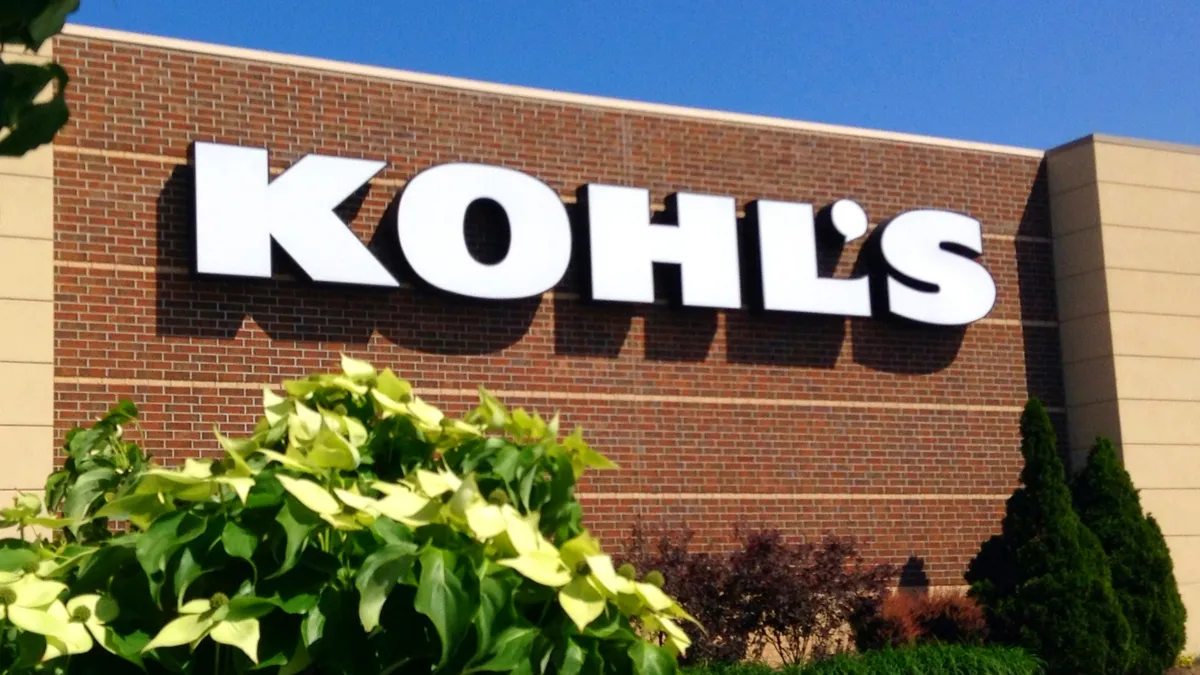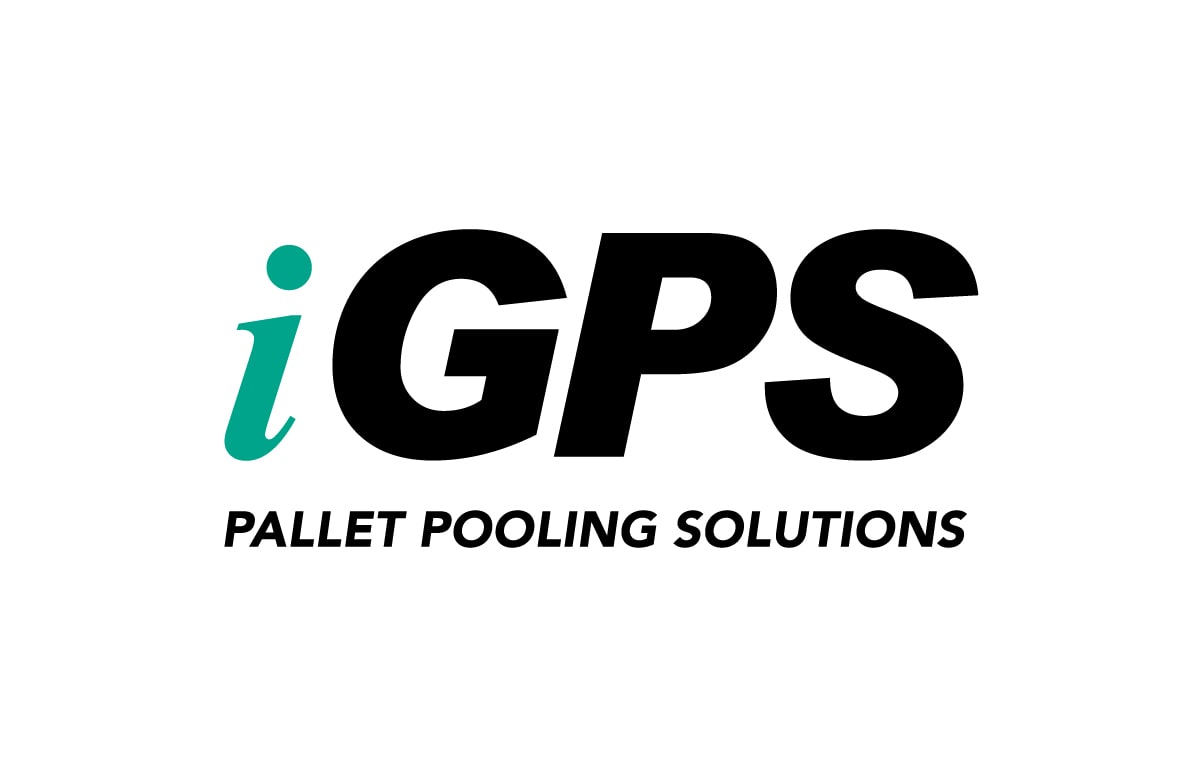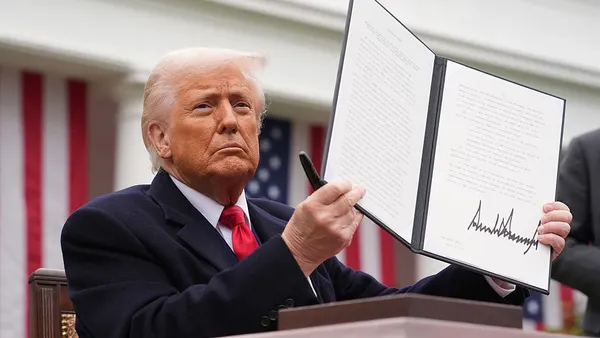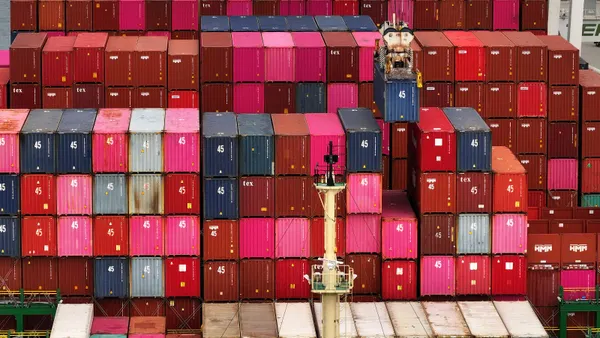The term “Scope 3” doesn’t make its way into many cocktail party conversations, or even political debates, but the jargony phrase carries enormous importance.
Greenhouse gas emissions in the supply chain make up an outsized chunk of the corporate world’s carbon footprint. It’s one thing to outfit a company office building with solar panels. Getting thousands of global firms that might supply a company’s product and service needs to transition to clean energy — that is a considerably more difficult task.
Some players are working hard on the challenge. Others are only starting. Many haven’t even begun tracking their footprints. Nor is it clear who in the supply chain is going to pay for the necessary upgrades and technologies to reduce Scope 3 emissions.
And yet, significant reductions will have to be in the coming years if the world is to avoid extreme climate change.
Procurement and supply chain teams will play a starring role in decarbonizing supply chains, if it is to happen. As one executive noted at a sustainability conference earlier this year, moving forward on Scope 3 can begin with something as simple as picking up the phone and calling a supplier.
Here is a look at some of the latest developments and biggest issues around Scope 3:












